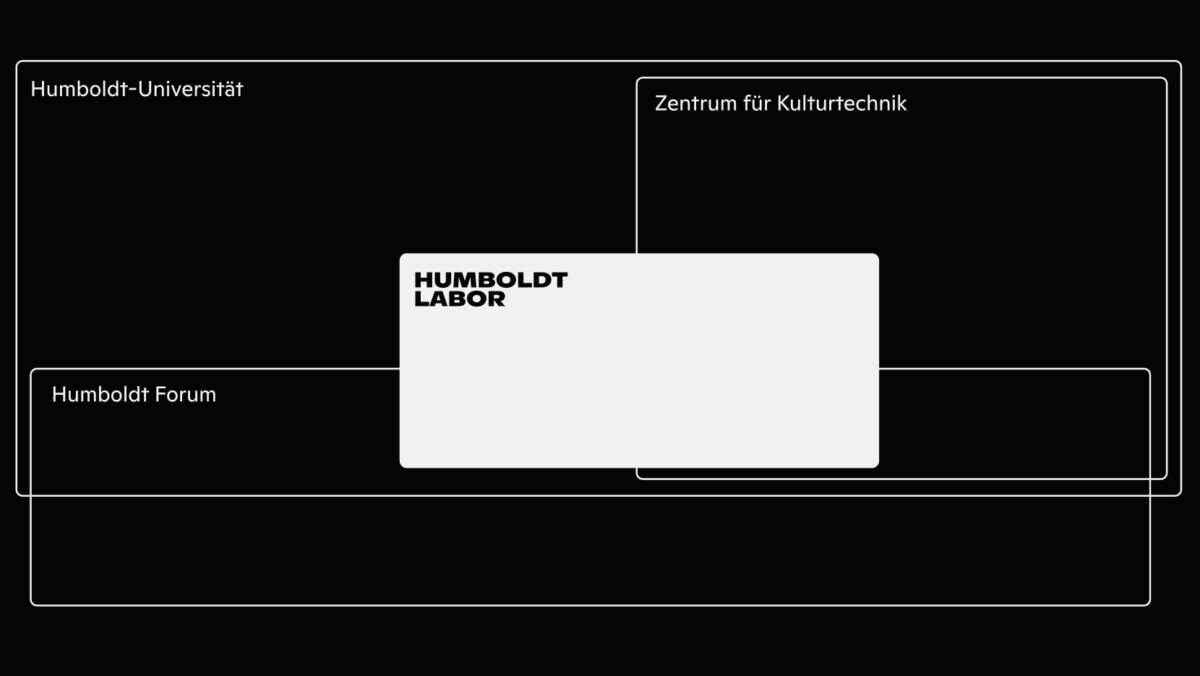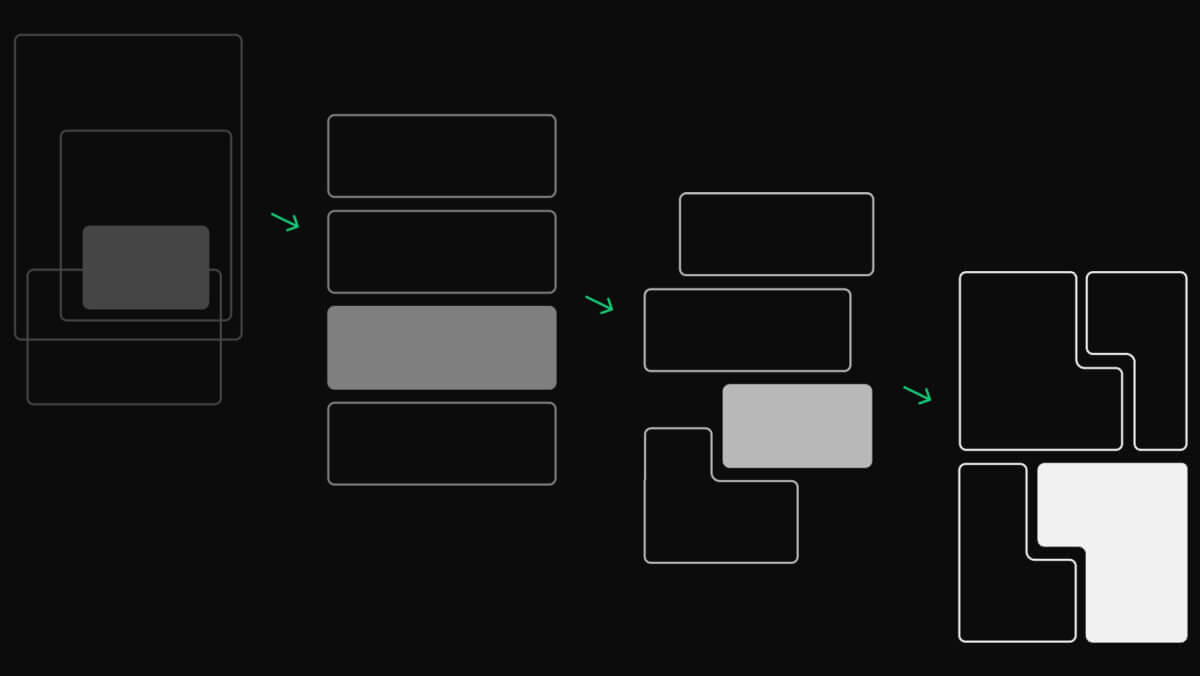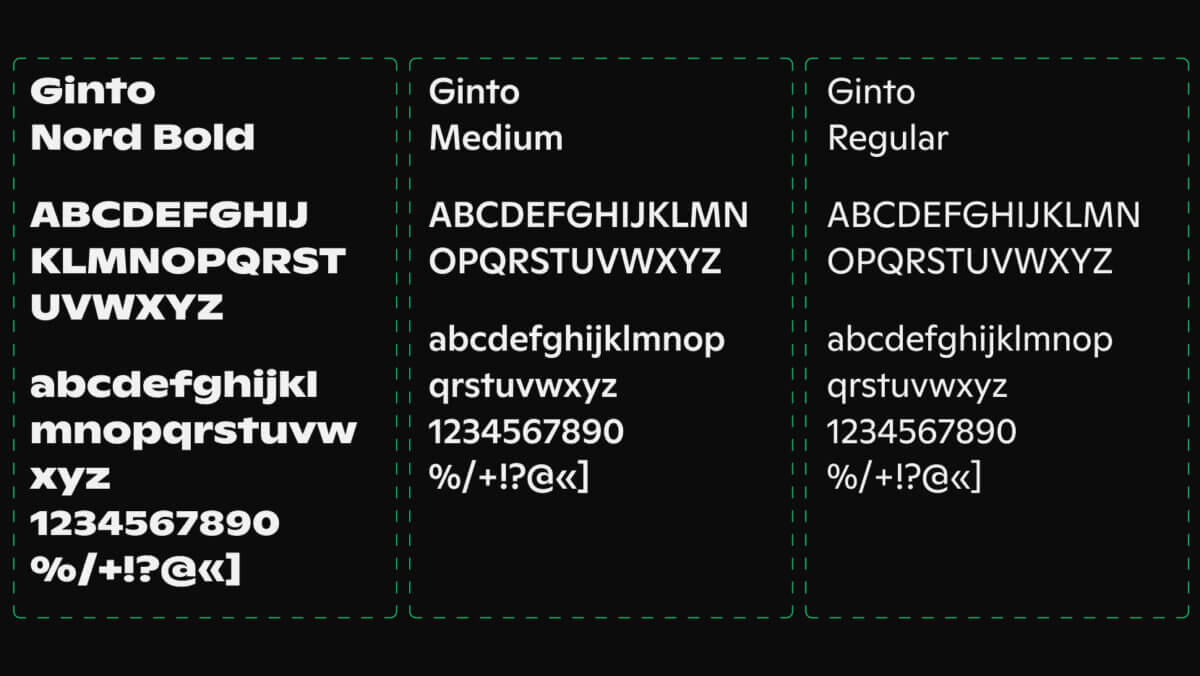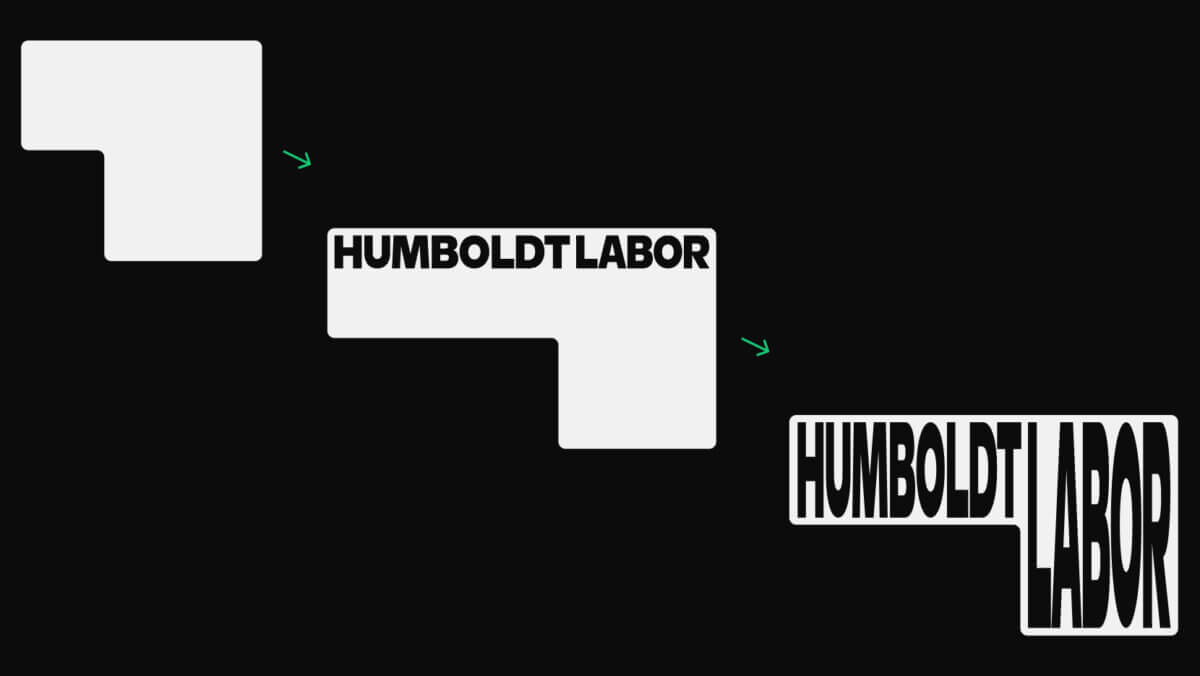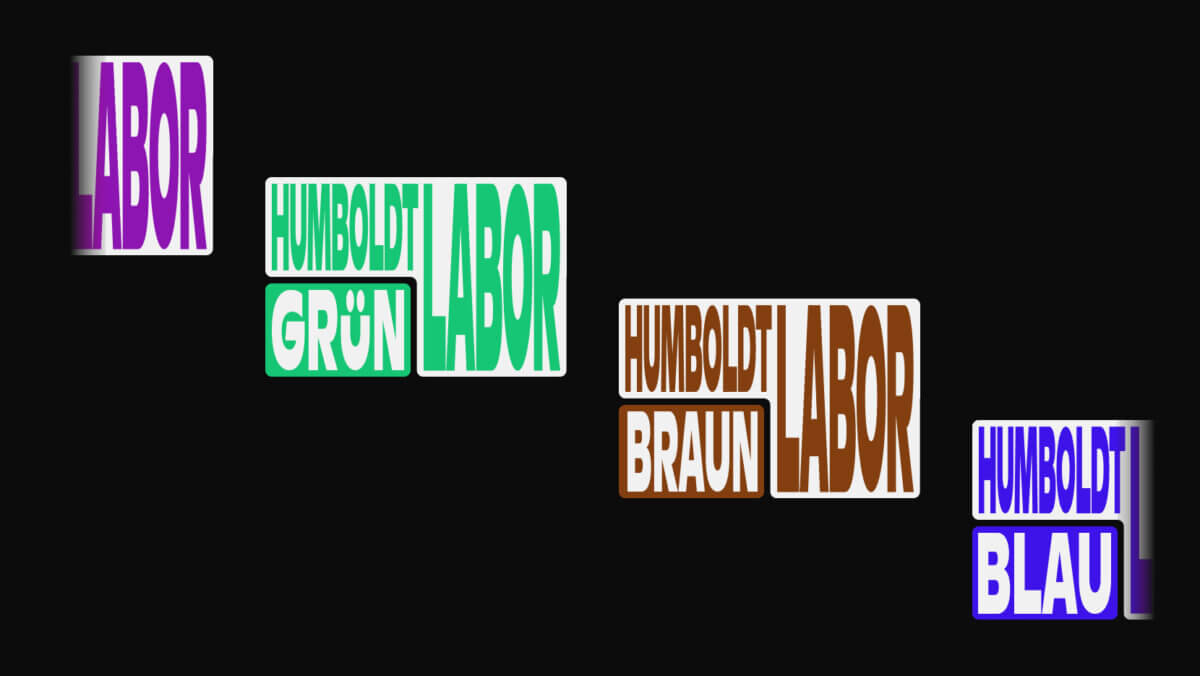The Humboldt Lab combines science, exchange and the joy of experimentation – a concept that is aptly reflected in the lab’s new flexible visual identity. The special mixture of integration and independence led to the development of a visual design language that is both powerful and adaptable.
The Humboldt Lab is much more than a classic exhibition space – it is a living place of knowledge and science. Interdisciplinary formats are used to convey the significance of scientific findings and reinforce their relevance. The term “lab” in the name refers to an experimental, dynamic environment in which new ideas are developed, discussed and reflected upon. It is a space for dialog, research and teaching that is constantly evolving.
These fundamental principles already provide important clues for the visual design: openness, exchange, interdisciplinarity and flexibility. The visual language of the Humboldt Lab should reflect these values and convey a dynamic, changeable aesthetic.
The institutional context is equally formative. The Humboldt Lab is embedded in a multi-layered network: it is part of the Humboldt University, located at the Center for Cultural Technology and at the same time an active entity in the Humboldt Forum. These institutional relationships should be made visible in the new image. On the other hand, a central goal of the new visual identity is to strengthen the visibility of the Humboldt Lab and to clearly anchor its independence as an institution.
This gives rise to another key design principle: the corporate design should not only create recognizability, but also make the balance between institutional affiliation and individual identity visually tangible.
The aim is to create a concise, independent expression that adapts flexibly to different contexts without losing its characteristic features.
Environment
The Humboldt Lab operates within its institutional framework and at the same time moves in a field of tension between affiliation and independence. On the one hand, it is firmly integrated into existing structures; on the other, it strives to make its own identity visible and tangible.
The dichotomy of integration and independence led to the development of a visual language of form that is both powerful and adaptable.

